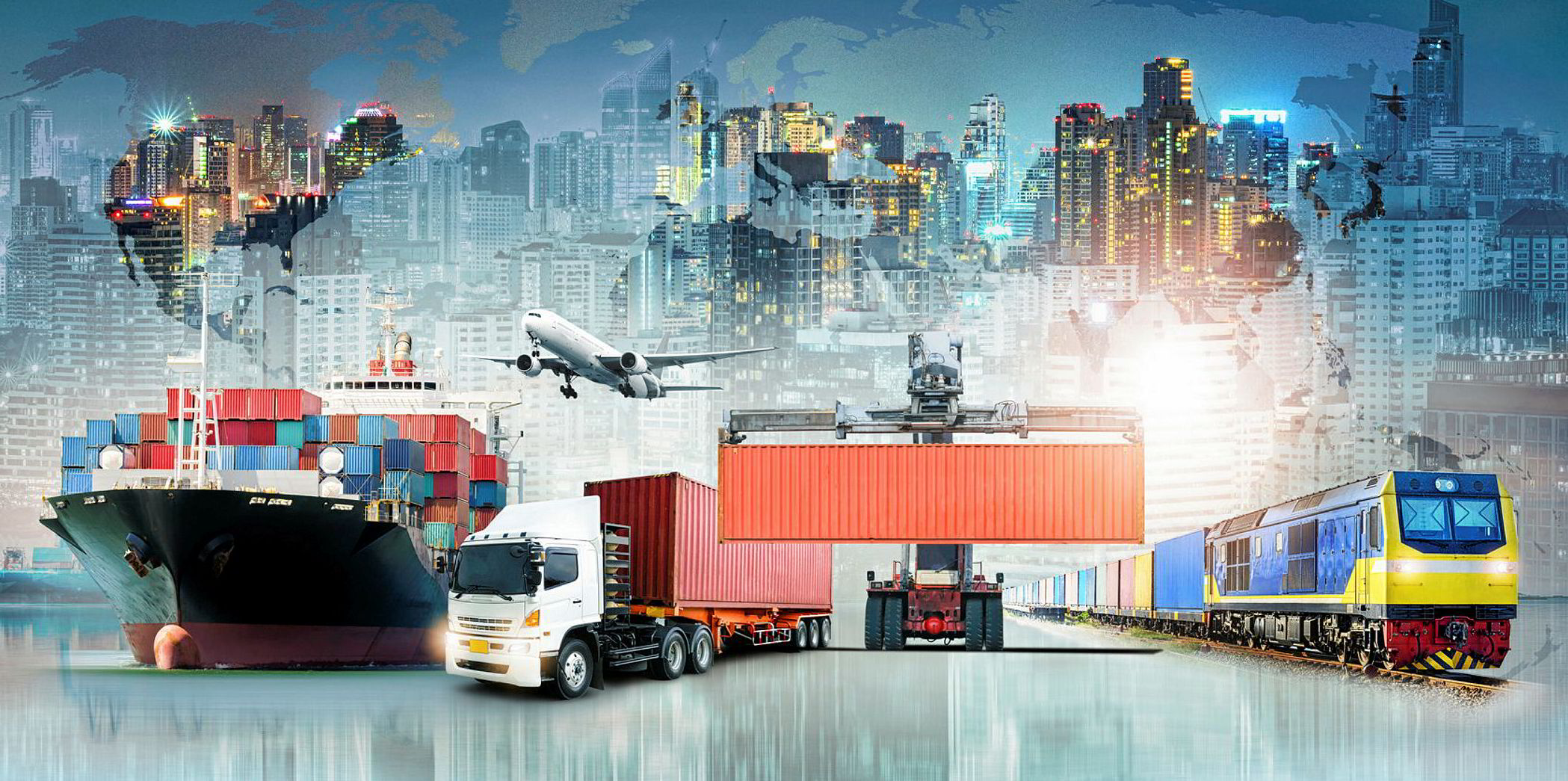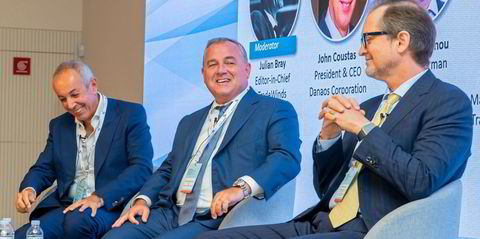Digital technology promises clearer control over cargo, but online oversight may not be enough for container lines to succeed in taking over door-to-door freight forwarding operations.
Efforts by container carriers to integrate forwarding arms in the past have largely failed, but two of the biggest lines are having another go: Maersk through the integration of its transport and logistics businesses; and CMA CGM via the acquisition of Ceva Logistics.
Pyers Tucker, who has worked with various forwarders but is now senior director of corporate development at Hapag-Lloyd — the German line that is not going down the forwarding integration route — said technology opens opportunities to carriers and forwarders to provide new services, but their success is dependent on their value to customers.
Harsh reality
“Customer uptake is driven by how much value they [services] actually create, which is in turn dependent upon how well grounded the concept was, how user-friendly the tool turned out to be, how effectively the value proposition was taken to market,” Tucker told TradeWinds’ quarterly magazine, TW+.
“The harsh reality being learned is that it is not enough just to have a nice, shiny portal upon which to place a booking or to see where your container is thanks to GPS tracking.
“These do not help. When your trucker did not turn up to collect your container, it is stuck in customs on the other side of the world, or it missed a transshipment, there is no replacement for ‘boots on the ground’.”

This week, Maersk launched a “visibility tool” to help shippers track what is happening to reefer cargoes throughout their journey. Called Captain Peter, it looks like a smartphone app.
Jens Roemer, chairman of the working group sea at the International Federation of Freight Forwarders Associations, said his members have long provided tracking and tracing services beyond the simple “port-to-port” leg.
These services usually cover at least one door move, if not fully door-to-door, and often include related functions such as screening documentation, customs clearing and trucking.
Lines can provide data under their control for the sea leg, but Roemer asked: “Who controls and owns the data prior to delivery to the export terminal and after discharge of the vessel at the destination terminal?”
James Hookham, secretary general of the Global Shippers’ Forum, said lines should in theory get technological benefits from vertically integrating with forwarders. But he added: “Access or ‘ownership’ of the consignment data is often the critical factor.

“It is this, plus the relationship with the cargo owner, that is driving the market value of the forwarding businesses.”
Drewry managing director Tim Power was even harder on this point: “The scope of supply-chain management systems is much wider than that of core liner activity [point-to-point container moves]. Most lines do not have the depth of understanding needed to develop and operate these systems.”
Roemer added that some carriers offer online customs clearing services.
“This might be possible in isolated cases for export shipments. However, an import customs entry involves various levels of contracts and guarantees,” he said.
“This is not being done online and not without the involvement of the importer at destination. It is far too complex and involves various levels of exposure.”
Forwarders are traditionally closer to their customers. This knowledge helps reduce risks and misdeclaration.
Detecting mistakes
“How is a carrier who has never seen a factory or individuals in charge of loading a container able to detect possible mistakes?” Roemer asked.
Hookham added: “The ultimate game changer will be if a major shipper takes on the job of being its own carrier.”
Amazon already does this for parts of its road haulage and air cargo logistics, and there has been speculation that it could buy containerships or acquire a shipping line.
“If they do, they will start with the biggest competitive advantage of all — a fully defined and integrated data set and communication protocols exclusive to users of their trading platform,” Hookham said. “The gains that technology can bring to supply chains may ultimately be delivered by non-transport players.”






